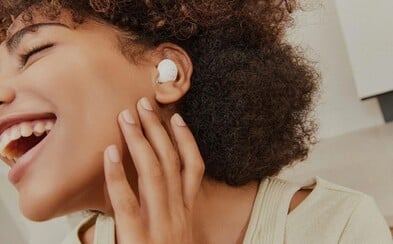 Kingdom Come: Deliverance 2 - the most elaborate RPG in gaming history, but also a frustrating medieval simulator (Review)
Kingdom Come: Deliverance 2 - the most elaborate RPG in gaming history, but also a frustrating medieval simulator (Review)
Kingdom Come: Deliverance 2 - the most elaborate RPG in gaming history, but also a frustrating medieval simulator (Review)
Kingdom Come: Deliverance 2 - the most elaborate RPG in gaming history, but also a frustrating medieval simulator (Review)
Ultrasound Stickers That See Into The Human Body
Postage stamp-sized ultrasound stickers provide high-quality images of the heart, lungs and other internal organs.
If problems persis, please contact administrator.
In a paper published in the journal Science, engineers presented the design of a new ultrasound sticker – a device about the size of a postage stamp that sticks to the skin and can provide continuous ultrasound imaging of internal organs for 48 hours.
After the researchers applied them to volunteers, the device was shown to produce high-resolution images of major blood vessels and deeper organs such as the heart, lungs and stomach. The stickers maintained strong adhesion and captured changes in the underlying organs as the volunteers performed various activities, including sitting, standing, running and cycling. For example, when some volunteers lifted dumbbells, the team noted clear patterns in the subcutaneous muscles that signaled temporary microdamage.
The current design requires the stickers to be attached to devices that convert the reflected sound waves into an image. Already, however, the devices could have immediate uses—for example, with patients in hospitals, where, like EKG stickers, they would monitor the heart and could continuously image internal organs without the technician having to hold the probe in place for long periods of time.
The team is currently working on wireless operation of the device. If it can be secured, patients could take the ultrasound stickers home from the doctor's office, or even buy them at the pharmacy.
Mobile phone connection
“We envision several patches stuck on different parts of the body that would communicate with a mobile phone, where AI algorithms would analyze the images on demand. With a few patches on the body, you could see your organs," study lead author Xuanhe Zhao told MIT News.
Zhao envisions that consumers could also use the device to monitor the development of tumors and the fetus in the womb. "We imagine we could have a box of stickers, each designed to represent a different location on the body," he added.
The device's adhesive layer is made of two thin layers of elastomer that wrap around a solid hydrogel, a water-based material that easily transmits sound waves. Unlike traditional ultrasound gels, it is flexible and elastic. The bottom layer of elastomer is designed to adhere to the skin, while the top layer adheres to a rigid array of sensors that the team also designed and manufactured. The entire ultrasonic sticker measures about 2 centimeters square in width and is 3 millimeters thick, which is about the area of a postage stamp.
If problems persis, please contact administrator.












